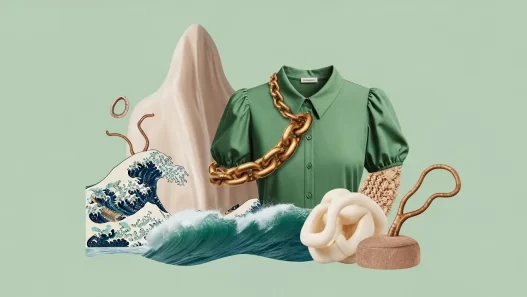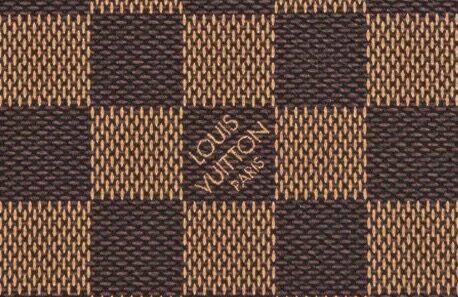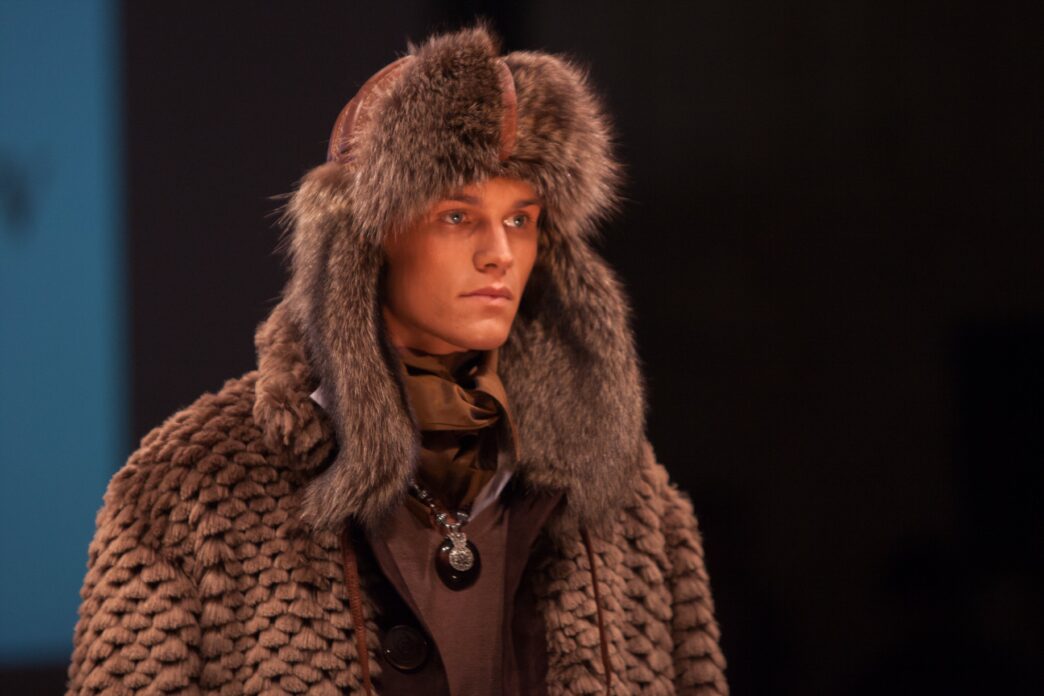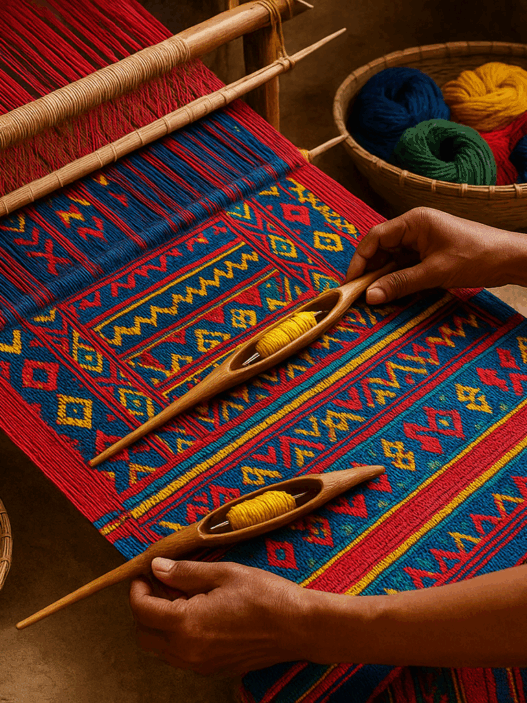The fashion world is witnessing an unprecedented contradiction that would make even the most dramatic Emily in Paris plotline seem tame: as legislatures worldwide implement comprehensive fur bans, runway shows are simultaneously embracing fur with renewed vigour, creating a complex legal and ethical landscape that exposes the industry’s deepest tensions. This isn’t simply about animal welfare anymore; it’s about navigating a web of international trade laws, environmental regulations, and evolving consumer protection statutes that are reshaping how fashion operates globally. Think The Devil Wears Prada meets Legally Blonde, but with actual legal consequences.
The Regulatory Revolution: When Anna Wintour Meets Judge Judy
The legal landscape surrounding fur has transformed dramatically since 2019, when California became the first U.S. state to ban the manufacture and sale of all new fur products (effective January 1, 2023), with exceptions only for sheep, cow, and rabbit fur; basically everything except what makes Cruella de Vil’s wardrobe iconic. This groundbreaking legislation has sparked a domino effect worthy of a Netflix documentary, with 22 countries now banning fur farming entirely, and Israel becoming the first nation to prohibit the sale of all new real fur garments in 2021 (except for religious purposes, because even lawmakers understand some things are sacred).
The European Union’s Textile Labelling Regulation (EU) 1007/2011 has become increasingly relevant and more complicated than trying to explain TikTok trends to your parents. It requires manufacturers to clearly indicate “the presence of non-textile parts of animal origin” and mandates full fibre composition disclosure. Meanwhile, the U.S. Fur Products Labelling Act (FPLA) imposes strict requirements on garments containing fur, demanding disclosure of animal origin, country of source, and any chemical treatments, with violations carrying civil penalties of up to $42,530 per offence. That’s more than most people’s annual salary, and definitely more than a base Birkin bag.
These regulatory changes have created what fashion law experts call a “patchwork compliance nightmare” for international brands; imagine trying to coordinate a global Zoom call, but instead of time zones, you’re dealing with different countries’ fur laws. Companies must now navigate different legal requirements across jurisdictions while managing supply chains that may span multiple countries with conflicting fur policies. It’s like playing chess while blindfolded, except the pieces keep changing rules mid-game.
Fashion Week Defiance: The Runway Rebellion (AKA “Succession” Meets Milan Fashion Week)
Despite this legal crackdown, fur experienced a dramatic runway resurgence in 2025 that was more shocking than (SPOILERS) And Just Like That killing off Mr. Big. TagWalk data shows a 33% increase in furry looks between Fall/Winter 2024 and 2025 seasons—proving that fashion’s relationship with controversy is more complicated than you can imagine. From Tory Burch channelling Upper East Side energy in New York to Simone Rocha serving ethereal drama in London, to Fendi making Milan swoon and Miu Miu turning Paris into a fuzzy fever dream, fur dominated the autumn/winter 2025-26 catwalks like Olivia Rodrigo dominated 2021.
Most notably, Rabanne showed a staggering 1,259% increase in faux fur pieces season-over-season—numbers that would make even Elon Musk jealous—while Marni featured faux fur in 56% of their looks, essentially turning their runway into a very expensive petting zoo.
This runway embrace largely centres on faux alternatives, reflecting brands’ attempts to capture fur’s luxury aesthetic while complying with emerging legal frameworks. Copenhagen Fashion Week banned real fur from runway shows in 2022, following London’s lead in 2018; a move that was more progressive than most of Hollywood’s diversity initiatives, forcing designers to innovate with synthetic alternatives that don’t come with a side of animal welfare protests.
The Environmental Paradox: When Going Green Gets Complicated (Spoiler Alert: It’s Not That Simple)
The shift toward faux fur has exposed uncomfortable environmental truths that would make Greta Thunberg simultaneously proud and frustrated—like finding out your favourite sustainable brand still uses fast fashion manufacturing. Recent studies reveal that synthetic fur jackets can release an average of 1,174mg of microplastics per wash cycle, contributing to ocean pollution faster than Love Island contestants couple up and break up.
These petroleum-derived alternatives require harmful chemicals, including terephthalic acid and ethylene glycol (both carcinogenic substances that can be absorbed through skin contact). Basically, your fake fur coat might be trying to poison you slower than a Game of Thrones villain, but with less dramatic flair.
However, independent research consistently demonstrates that mink coats remain approximately five times more environmentally harmful than faux fur alternatives when accounting for the complete lifecycle impact. The World Bank identifies fur dressing and dyeing among the top five industries for land pollution from toxic metals, making it less environmentally friendly than fast fashion, which is saying something. Danish fur farms alone consumed around 238,000 tonnes of fish for animal feed in 2020, impacting marine species like kittiwakes and puffins.
Innovative companies like ECOPEL are developing “responsible faux fur” using KOBA—a blend of 37% corn-derived Sorona polymer and recycled polyester—which reduces greenhouse gas emissions by 63% compared to traditional synthetic alternatives. It’s like plant-based meat, but for fashion, and somehow less controversial than the pineapple-on-pizza debat³.
Gen Z’s Contradictory Embrace: When Thrifting Meets Moral Complexity
The most surprising trend involves Gen Z consumers increasingly embracing vintage fur with the same enthusiasm they bring to defending their favourite Euphoria characters. TikTok views of vintage coat content increased 243% over the past year, proving that even the generation that cancelled everything is willing to make exceptions for the right aesthetic. It’s like how Gen Z simultaneously boycotts fast fashion while ordering Shein hauls—moral flexibility when it serves the look.
This trend has TikTok creators explaining the ethics of vintage fur with the same passion they bring to defending their favourite Bridgerton characters, essentially turning thrift shopping into a philosophy course. The logic? Extending the lifespan of existing fur products rather than allowing them to degrade in landfills makes more environmental sense than letting that 1980s fox stole collect dust in someone’s grandmother’s closet.
However, this creates complex legal challenges, as consumers navigate varying state and local fur sale restrictions that may not distinguish between new and vintage products.
The Legal Labelling Maze: Truth in Advertising Meets Fashion Reality TV
Fashion law increasingly focuses on accurate labelling and consumer protection, because apparently we need lawyers to tell us what animals our clothes came from —a fact that would horrify our great-grandparents but barely surprises anyone who has tried to read a modern ingredient list. The U.S. Fur Products Name Guide, updated in 2014, provides detailed specifications for animal identification with more precision than a CSI forensics lab, while European regulations require a clear indication of chemical treatments used in fur processing.
The mislabeling crisis remains more dramatic than any Real Housewives reunion: raccoon dog fur from China is frequently mislabeled as “raccoon” or “coyote,” while some Chinese fur farms raise dogs for clothing labelled as fake fur in U.S. markets. Yes, you read that correctly: your “faux fur” might actually be someone’s former pet, which is darker than most Black Mirror episodes.
The 2000 Dog and Cat Protection Act prohibits the import, export, or sale of products made with dog or cat fur, because apparently, we needed a law to establish that Fluffy and Fido shouldn’t become fashion accessories. Enforcement remains as challenging as getting a straight answer from a politician during campaign season.
Trade organisations have introduced certification systems like Furmark®, designed to ensure traceability and welfare standards, though critics argue these initiatives function more as public relations exercises than genuine environmental protections; basically the participation trophy of sustainability initiatives, lacking criteria for emissions, biodiversity impact, or resource consumption.
The Influencer Effect: When Bella Hadid’s Outfit Sparks Legislative Debates
Social media has transformed the fur debate into performance art. When Bella Hadid wore vintage fur to Paris Fashion Week, the internet exploded faster than when Kim Kardashian broke it, with think pieces analysing everything from the coat’s provenance to its carbon footprint. Meanwhile, Emma Watson’s sustainable fashion advocacy has made choosing faux fur feel like joining the Avengers: you’re not just buying a coat, you’re making a statement about the kind of world you want to live in.
TikTok creators have turned fur identification into viral content, with videos teaching viewers how to distinguish real from fake fur getting millions of views. It’s become the fashion equivalent of food origin stories—people want to know not just what they’re wearing, but the entire narrative behind it, complete with character development and plot twists.
The Intellectual Property Plot Twist: Patents, Trademarks, and Legal Drama
The development of sustainable fur alternatives has created intellectual property battles more intense than Marvel vs. DC fan debates. Companies investing in plant-based and lab-grown fur technologies seek patent protection for their innovations, while fashion houses navigate trademark issues around traditional fur terminology applied to synthetic alternatives. Can you trademark the word “luxurious” when describing lab-grown mink? Fashion lawyers are earning their fees figuring this out.
India’s 2017 trade policy amendment, which prohibits the import of exotic skins and certain furs, has compelled international brands to develop region-specific product lines, resulting in complex compliance requirements.
The Future Legal Landscape: More Dramatic Than Any HBO Series
The trajectory points toward increasingly comprehensive fur regulation globally, unfolding with more twists than Game of Thrones (and hopefully a better ending). Switzerland’s Federal Council has advanced proposals to end fur imports, while the UK Parliament debates similar legislation with the intensity of a Love Island villa elimination ceremony.
Fashion lawyers predict these national bans will eventually harmonise into international trade agreements that effectively eliminate the global fur trade; a prediction that sounds more like science fiction than legal analysis, but here we are.
For fashion companies, this means developing adaptive business models that can pivot faster than a reality TV show contestant changing alliances. Brands must invest in supply chain transparency, accurate labelling systems, and sustainable alternatives while navigating the complex intersection of animal welfare law, environmental regulation, and international trade policy—essentially playing 4D chess while livestreaming on Instagram.
The Plot Twist: When Luxury Meets Laboratory
The ultimate resolution may lie in technologies that sound like they’re straight out of a Black Mirror episode: lab-grown fur cultivated from animal cells without harming any creatures. Companies like Biofabricate are developing materials that could make the entire real vs. fake debate as obsolete as flip phones or cable TV.
The fur debate has evolved beyond simple ethical considerations into a comprehensive legal and environmental challenge that makes Succession’s corporate intrigue look straightforward. As legislation continues evolving and consumer preferences shift with the speed of TikTok trends, the industry must develop approaches more sophisticated than a Mad Men pitch meeting.
The ultimate resolution may lie not in choosing between real and faux fur, but in developing entirely new materials that satisfy luxury consumers while meeting environmental standards and regulatory requirements—a challenge that will define fashion law’s evolution in the coming decade. Think of it as the fashion industry’s moon landing: technologically ambitious, ethically motivated, and expensive enough to make investors nervous.
Whether we end up in a fur-free future or a world where lab-grown luxury becomes the norm, one thing is certain: the legal and environmental reckoning is just getting started, and it’s going to be more dramatic than any fashion week finale.



















